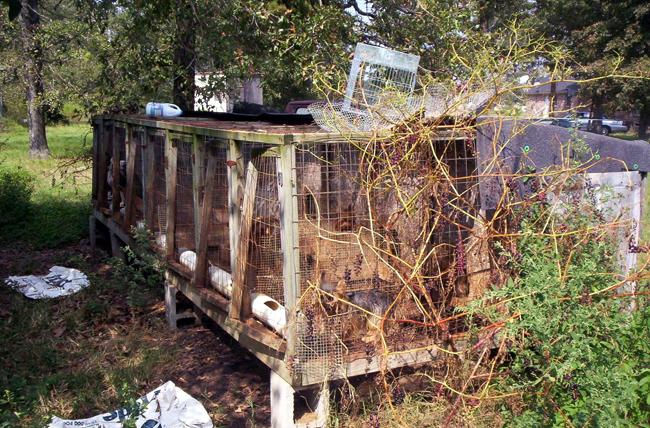You arrive at the pet store passing by dozens of puppies in spacious, sanitary cages. They look healthy and—best of all—adorable. But were they born into the loving, affectionate care that they seem to have now?
Without the proof of meeting the puppy’s mother or obtaining verification papers, it is not advisable to buy from the pet store. Most of the cute puppies from these stores came from an environment that’s more horrible than we can imagine. The living conditions of these animals are shocking and heartbreaking, yet thousands of puppies are born into this horrific environment every day. These unsanitary, crammed conditions are known as puppy mills.
Puppy mills—designed to constantly breed dogs—are known as a large-scale breeding operation where the dog’s health isn’t taken into account and is only used to profit the owner. According to the Humane Society of the United States in 2006, 10,000 puppy mills were in the United States. They may be purebred dogs, but do not have the genetic quality that breeders can provide. An estimated four million dogs are bred only in puppy mills every single year. Many people are not informed of where these puppies come from because it is kept very secret in society. We never hear about where these puppy mills are because they are located in isolated areas.
Rows of small, hard-wired cages are stacked on top of each other in rooms that smell of urine and feces. These rooms are loud and overcrowded with thousands of dogs who are desperate for survival. They survive only with the food and water that the owners of these puppy mills give– which isn’t always a guarantee. The owners of these puppy mills don’t acknowledge the fact that these dogs are living creatures; instead, they are merely a product for profit.
What happens to the females who breed these beautiful dogs? They breed over and over with little to no time of recovery. They are never let out of their cage to feel the soft grass or even the warm sun. Instead, they develop sores from walking around night and day for their whole lives in wired cages that they can hardly turn around in. The dog’s nails may grow so long that she might have difficulty standing. Since they will never leave this horrific place, they are not cared for. With matted fur and no veterinary care, these breeding females never receive the loving care every innocent dog deserves. With the lack of human socializing, they no longer have trust for their “owners”. Female breeding dogs only live to breed. Once they are not able to breed any longer, they are often killed.
Unfortunately, puppies are born in this environment. They stay with their mother for only eight weeks. By that time, the puppy should have begun eating food, playing around, and letting his or her curiosity go by eagerly exploring its surroundings with a wagging tail. In puppy mills, these puppies can’t run around or discover their new world. Instead, they are kept in a confined area. Once these eight weeks are over, they are taken hundreds of miles away to the distributer’s home where he or she is cleaned up and given its shots. The puppy is then taken to the pet store, selling for a much cheaper price than the actual value of the breed.
Owners of puppies from puppy mills might also come to realize that puppies conceived in this way suffer from debilitating health issues and birth defects because the gene pool they come from is so small. Once animals begin continuously inbreeding, the genetic variation is so small that they develop these health issues very early on in life.
Why breed so many dogs when there are thousands of dogs who are waiting at the shelter for a lifelong home? Every day, an estimated 11,000 animals are euthanized in shelters. That is about 40,000 a year. Approximately 8 million to 12 million companion animals enter animal shelters nationwide every year, and approximately 5 million to 9 million are euthanized. That is sixty percent of dogs and seventy percent of cats. In addition, animals in shelters are far less expensive than those sold at a pet store. There are many purebred dogs at the shelter. In fact, twenty-five percent of dogs who are brought in shelters are purebred. However, mixed breed dogs can be just as affectionate and loving as purebred dogs. Support these helpless animals by going on petfinder.com to adopt the perfect animal, breed, and size from shelters near you.
